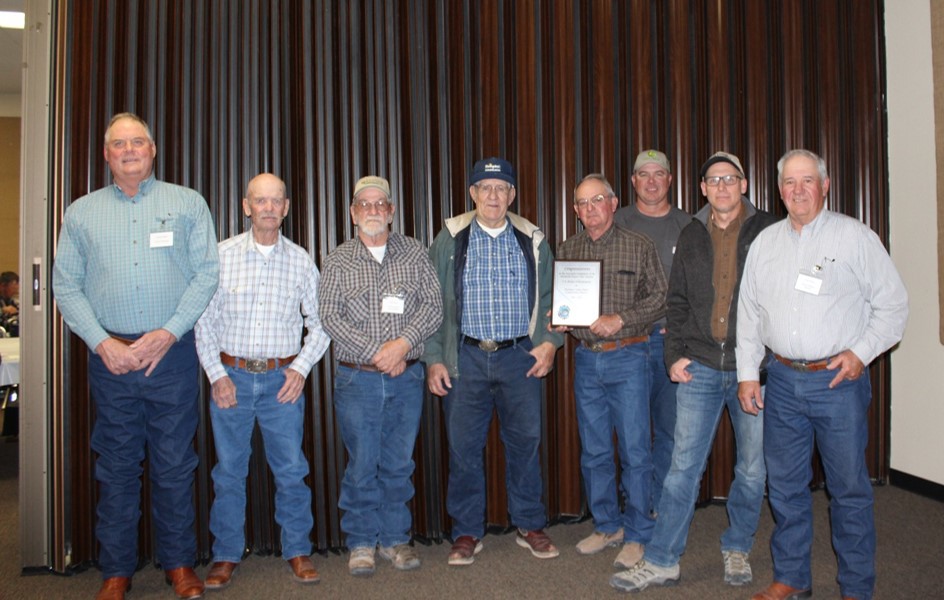Sage Grouse Land Use Plans and Law Suits

On September 18, 2015, the Bureau of Land Management (“BLM”) and United States Forest Service (“USFS”) issued Records of Decision (“RODs”) related to land management in support of sage grouse populations on lands managed by the agencies. The RODs put land use plans in place in lieu of listing sage grouse under the Endangered Species Act (“ESA”). The land use plans are extremely long and complicated, and are summarized in the article Sage Grouse Conservation without an Endangered Species Act Listing: Digging into the National Greater Sage Grouse Planning Strategy Records of Decision, available at: http://www.water-law.com/water-rights-articles/sage-grouse-conservation/.
In general, producers are skeptical that existing activities will not be affected by the new land use plans, as the agencies promise, and are worried about increased fire risks due to the plans. Further, the plans may prove more restrictive than an ESA listing. Parties in Idaho and Nevada have filed lawsuits to challenge the amended land use management plans. See: http://www.gov.idaho.gov/mediacenter/press/pr2015/2%20Feb/pr_61.html, and http://ag.nv.gov/News/PR/2015/Attorney_General_Laxalt_Issues_Statement_Confirming_the_Support_of_Nevada_Counties_in_Sage-Grouse_Lawsuit/.
Law suits involving sage grouse have not halted in the shadow of these new, comprehensive land use plans. On March 29, 2016, Western Watersheds Project (“WWP”) filed suit in the U.S. District Court for the District of Nevada against the BLM for approving fences within the Argenta Allotment in Nevada, claiming the approval violated the National Environmental Policy Act (“NEPA”) and the Administrative Procedures Act (“APA”) and that alternatives to fencing existed that BLM should have considered. WWP also alleges that the BLM sage grouse use plan required BLM to consider certain alternatives. To view a copy of WWP’s complaint, visit: https://drive.google.com/file/d/0B1T2j7JW1SeoWV9FbVh2SW1wdEU/view. WWP’s law suit comes on top of other attacks against grazing in the Argenta Allotment that are currently being litigated.
Be sure to stay tuned to Schroeder Law Offices’ Water Law Blog for more news that could affect you!



















